How voltage readings from individual neurons could power the next revolution in neuroscience.
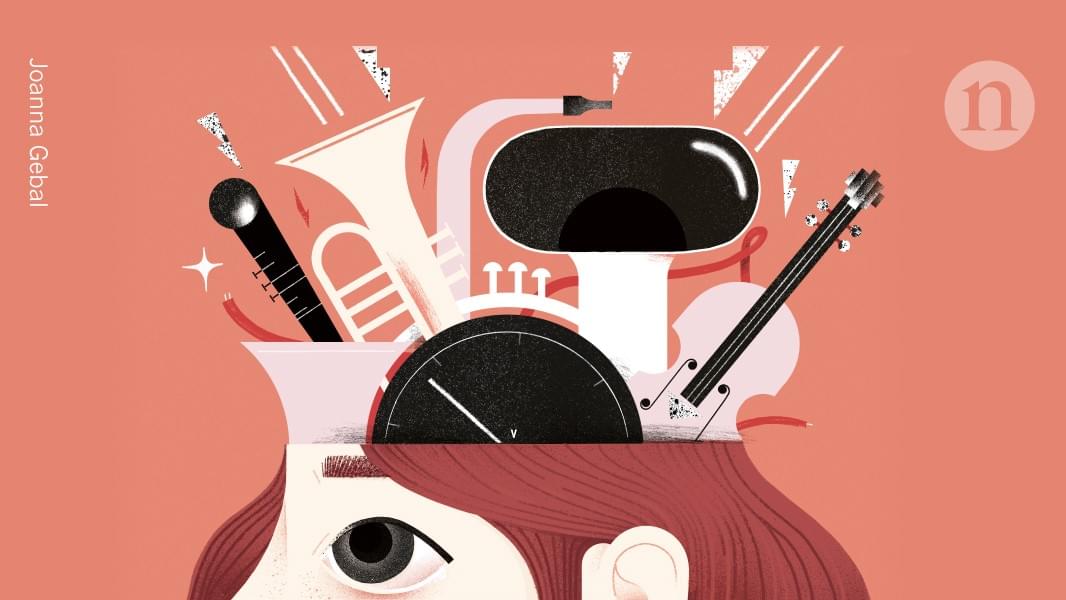

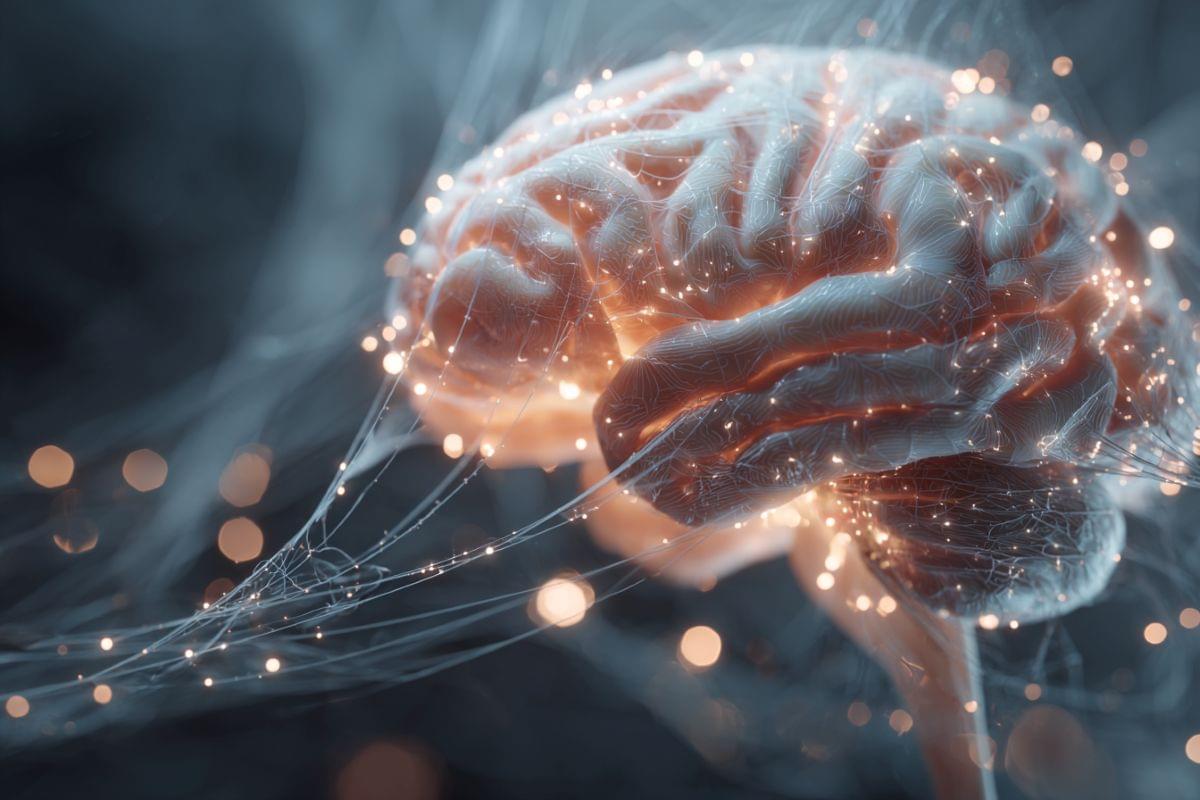
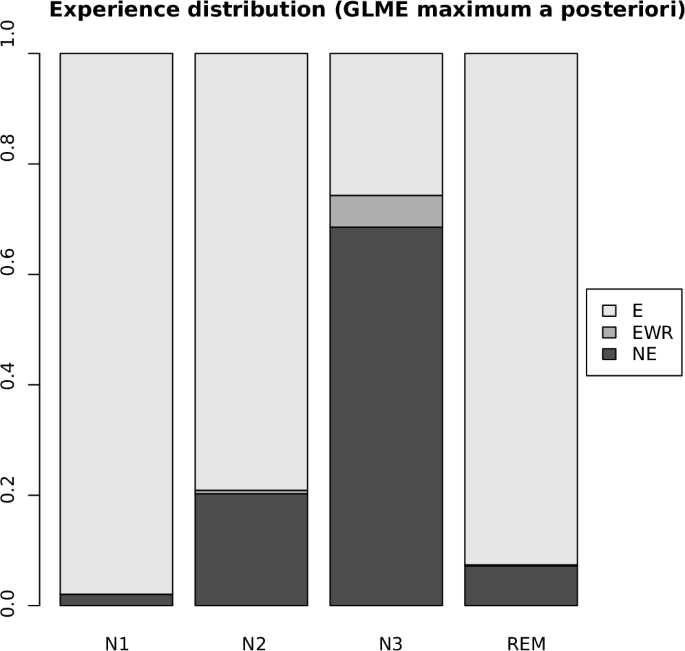
For millennia, dreams have been a source of fascination, but their systematic study is a modern endeavor with significant scientific applications. Investigating subjective experiences during sleep can inform research into consciousness itself, aid in understanding memory consolidation, and provide insights into sleep disorders like sleepwalking. Despite this importance, progress has been hampered by a persistent challenge: dream studies are resource-intensive, often resulting in small sample sizes that are difficult to compare across different laboratories.
To address this limitation, a consortium of 53 researchers from 37 institutions across 13 countries came together to build the Dream EEG and Mentation database, known as DREAM. Coordinated by Monash University in Australia and supported by organizations including the Bial Foundation, the project aimed to centralize and standardize decades of dream research.
The goal was to create a large-scale, publicly accessible resource that would allow scientists to conduct more robust and comprehensive analyses of the dreaming brain. Giulio Bernardi of the IMT School for Advanced Studies Lucca in Italy, a contributor to the project, noted that the effort represents a decisive step in the scientific exploration of human consciousness by gathering vast amounts of research into a single place.
The team assembled data from 20 different studies, resulting in a collection of more than 2,600 records of awakenings from 505 participants. For each record, the database contains electroencephalography, or EEG, recordings, which measure the brain’s electrical activity using electrodes placed on the scalp. Some records also include magnetoencephalography, a related technique that measures magnetic fields produced by the brain’s electrical currents. These neurophysiological recordings are paired with a report from the participant upon waking.
A dream EEG and mentation database.

Fibromyalgia is a syndrome characterized by chronic widespread musculoskeletal pain, which may or may not be associated with muscle or joint stiffness, accompanied by other symptoms such as fatigue, sleep disturbances, anxiety, and depression. It is a highly prevalent condition globally, being considered the third most common musculoskeletal disorder, following lower back pain and osteoarthritis. It is more prevalent in women than in men, and although it can occur at any age, it is more common between the ages of thirty and thirty-five. Although the pathophysiology and etiopathogenesis remain largely unknown, three underlying processes in fibromyalgia have been investigated. These include central sensitization, associated with an increase in the release of both excitatory and inhibitory neurotransmitters; peripheral sensitization, involving alterations in peripheral nociceptor signaling; and inflammatory and immune mechanisms that develop concurrently with the aforementioned processes. Furthermore, it has been determined that genetic, endocrine, psychological, and sleep disorders may influence the development of this pathology. The accurate diagnosis of fibromyalgia remains challenging as it lacks specific diagnostic biomarkers, which are still under investigation. Nonetheless, diagnostic approaches to the condition have evolved based on the use of scales and questionnaires for pain identification. The complexity associated with this pathology makes it difficult to establish a single effective treatment. Therefore, treatment is multidisciplinary, involving both pharmacological and non-pharmacological interventions aimed at alleviating symptoms. The non-pharmacological treatments outlined in this review are primarily related to physiotherapy interventions. The effectiveness of physical exercise, both on land and in water, as well as the application of electrotherapy combined with transcranial therapy and manual therapy has been highlighted. All of these interventions aim to improve the quality of life of patients highly affected by fibromyalgia.
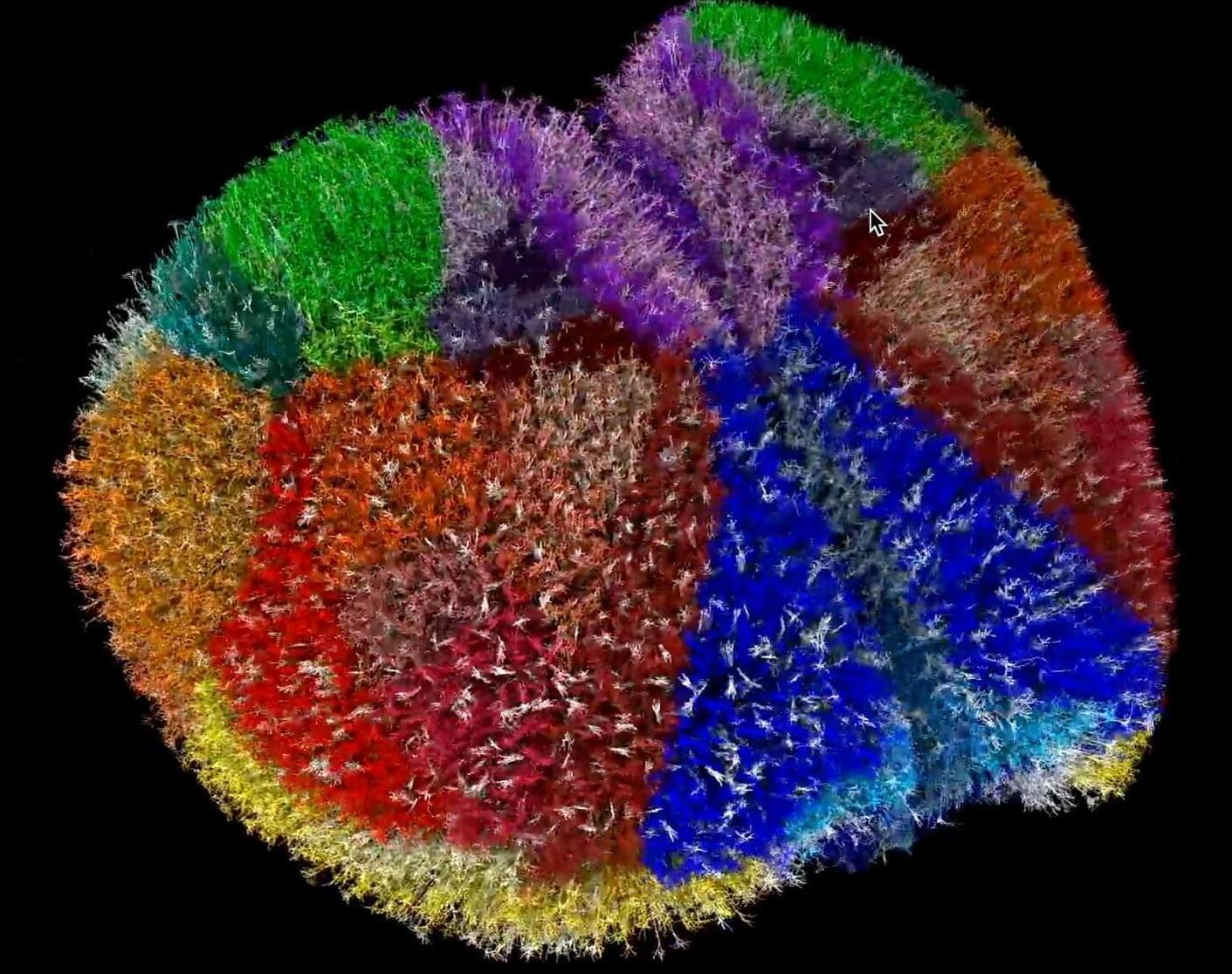


Dr. Cody shows takes a look Graph Theory related to Brain Circuitry and Neurofeedback.
►►►Muse Headband 15% off Discount (applied at checkout): https://choosemuse.com/codyrallmd.
►►►Want to connect with a Myndlift Neurocoach? $60 off with this link: https://signup.myndlift.com/subscription. Enter CODYRALL at checkout.
►►► GET YOUR FREE MEDITATION GUIDE HERE: https://bit.ly/2XIRDNa.
►►► INSTAGRAM (Behind The Scenes with Cody Rall MD): https://www.instagram.com/codyrall_techforpsych/
Cody Rall, M.D., is a United States Navy trained Psychiatrist who specializes in neurotechnology wearables. He is a co-founder of Stanford Brainstorm, the world’s first academic laboratory dedicated to transforming brain health through entrepreneurship.
Dr. Rall also served as a board member of the psychiatry innovation lab, an annual national competition at the American Psychiatric Association that works as an incubator for groups developing technological solutions to problems in mental health care. He is the founder of Techforpsych, a media and relations company that covers advancements in technology related to neuroscience.
To apply for Dr. Cody’s Brain Circuit Training program head to this link: https://www.techforpsych.com/coaching

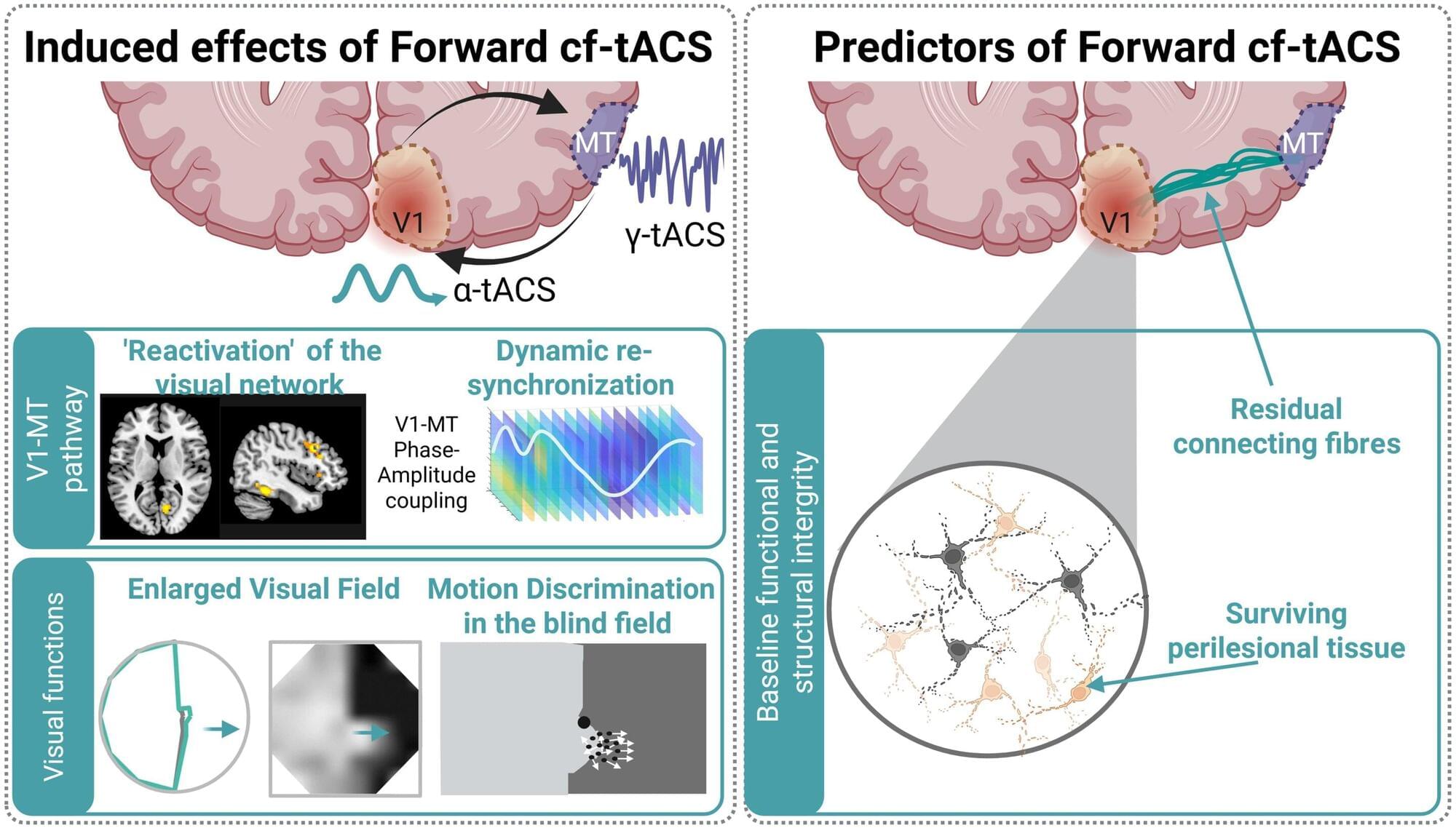
Scientists at EPFL have developed an innovative, non-invasive brain stimulation therapy to significantly improve visual function in stroke patients who have suffered vision loss following a stroke. The approach could offer a more efficient and faster way to regain visual function in such cases.
Each year, thousands of stroke survivors are left with hemianopia, a condition that causes loss of half of their visual field (the “vertical midline”). Hemianopia severely affects daily activities such as reading, driving, or just walking through a crowded space.
There are currently no treatments that can restore lost visual function in hemianopia satisfactorily. Most available options focus on teaching patients how to adapt to loss of vision rather than recovering it. To achieve some degree of recovery, months of intensive neurorehabilitative training are required for only moderate restoration at best.